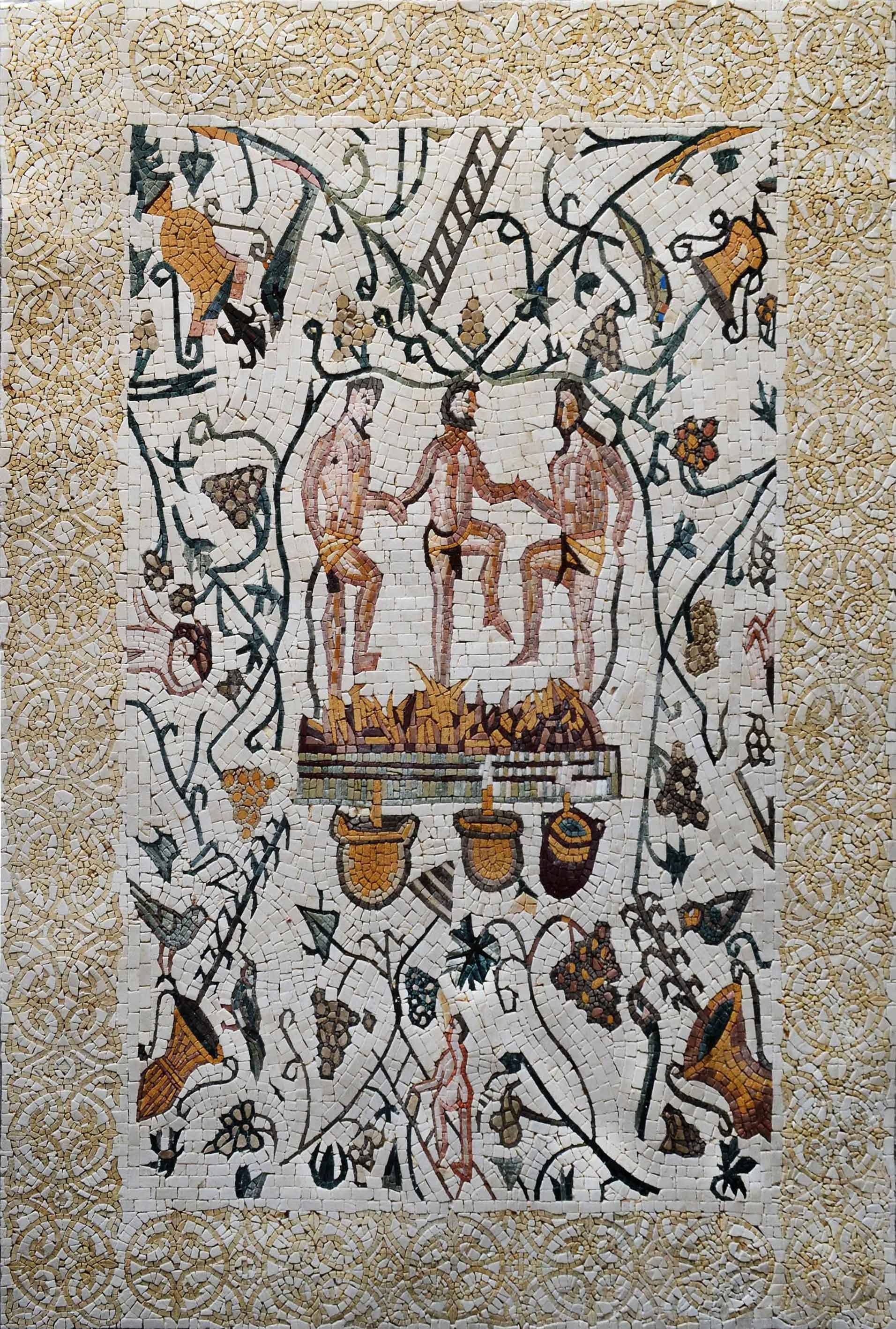

The patterns are compatible with both Illustrator (CS1-CC) and Photoshop (CS5 – CC) and have been crafted with a wide range of projects in mind – they’re perfect for branding, packaging, greetings cards, stationary, textiles, apparel, wrapping paper and a whole lot more! The pack contains 16 patterns and these include a mixture of Roman influenced and modern designs. Wikimedia Commons has media related to Ancient Roman mosaics.Add vintage charm and style to your designs with my seamless Roman mosaic patterns!įollowing on from the huge success of my Mosaic Maker, I’m proud to present a set of decorative, repeat patterns created from genuine 1600 year old Roman mosaic tiles! They’re perfect for adding a vintage yet contemporary look to any project. Mosaics in Roman Britain: Stories in Stone. "A non-invasive study of Roman Age mosaic glass tesserae by means of Raman spectroscopy". Ricciardi, Paola Colomban, Philippe Tournié, Aurélie Macchiarola, Michele Ayed, Naceur (2009).Hesperia: The Journal of the American School of Classical Studies at Athens. "A Glass Opus Sectile Panel from Corinth" (PDF). A contribution to technological and chronological knowledge". "Glass and metal analyses of gold leaf tesserae from 1st to 9th century mosaics. Neri, Elisabetta Verità, Marco (2013).The Vatican Museums: discover the history, the works of art, the collections. History of Western Civilization, Boise State University. "Alexander the Great - The Battle of Issus (334)". "Roman Mosaic Discoveries Made Through Time". ↑ "Physical Aspects of the Polytheistic Roman Style".Italic or bold markup not allowed in: |publisher= ( help) The Zliten Mosaic from Zliten in Libya.The Gladiator Mosaic from the Via Casilina outside Rome.The Tomb of the Julii in the Vatican Necropolis, beneath St.The Alexander Mosaic from the House of the Faun, Pompeii.The word emblem is used to describe a small mosaic featuring a little genre scene or still life, characterised by particularly thin tesserae made separately and mounted in a central or important position in the main panel. Progression within the mosaic technique developed the emblem, the "heart" of all mosaics. One of the earliest depictions of Roman Christianity is a mosaic from Hinton St Mary (in Dorset, England) which shows Christ with a Chi-Rho behind his head.

A gladiatorial scene is also known from Leptis Magna. The Gladiator Mosaic from Rome depicts a fighting scene, naming each gladiator involved. In addition to famous people from antiquity, mosaics can depict aspects of daily life. The Alexander Mosaic from the House of the Faun, Pompeii depicts the Battle of Issus between Alexander the Great and Darius III. Imagery of famous individuals or entertaining scenes are common on Roman mosaics.

ImageryĪs well as geometric patterns and designs, Roman mosaics frequently depicted divine characters or mythological scenes. The mosaic decoration of local palace complex culminates in the gallery, which contains a scene of animal hunting and fighting covering an area of 3,200 square feet (300 square metres).

The outstanding examples of Late Imperial period are the mosaics in the villa of Casale (c. The earliest examples of Roman floor mosaics are dated to the late Republican period (2nd century BC) and are housed in Delos, though tessellated pavements were used in Europe from the late fifth to early fourth centuries BC. The collapse of buildings in antiquity can, paradoxically, both irrevocably destroy mosaics or protect and preserve them. The design might also be pegged out in string, or mounted in a wooden frame. Traces of guidelines have been found beneath some mosaics, either scored into or painted onto the mortar bedding. Mosaic decoration was not just confined to floors but featured on walls and vaults as well. Marble and glass were occasionally used as tesserae, as were small pebbles, and precious metals like gold. Polychrome patterns were most common, but monochrome examples are known. Materials for tesserae were obtained from local sources of natural stone, with the additions of cut brick, tile and pottery creating coloured shades of, predominantly, blue, black, red, white and yellow. Roman mosaics are constructed from geometrical blocks called tesserae, placed together to create the shapes of figures, motifs and patterns.


 0 kommentar(er)
0 kommentar(er)
